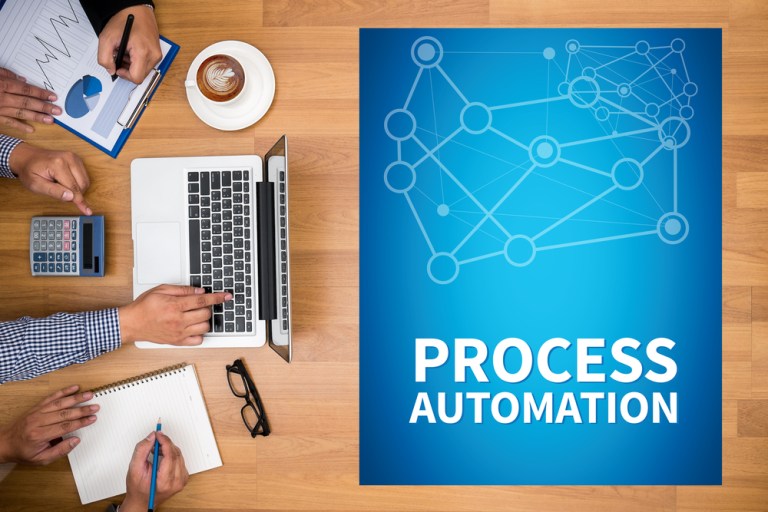Research Finds Procure-To-Pay To Be Automated

Corporations are bombarded with advice to go digital and automate their business processes, like procurement. They’re also chastised by analysts for sticking with paper. The latest insight from spend management and eProcurement firm Proactis, though, reveals that businesses are approaching their procurement automation efforts in stages and that this process is not as black-and-white as switching from entirely manual to entirely automated.
Proactis released its Spend Control and eProcurement Technology Survey Summary earlier this week in the wake of a survey conducted at the June 2016 Spend Control Summit, held in the U.K.
The firm noted that, while the patterns that emerged from the findings vary depending on industry vertical, there are some key trends that indicate where businesses begin when deciding to introduce automated solutions into their procurement function.
Where Automation Lives
Invoice receipt and processing, purchase-to-pay and spend analysis are the three areas experiencing the highest levels of automation within the enterprise, Proactis found.
Nearly half of those surveyed said they are at the later stages of automating the invoice receipt and processing function, though only 14 percent classified this area as fully automated. A quarter of survey respondents, however, said their purchase-to-pay process is fully automated.
According to Proactis, these findings aren’t particularly surprising, “given that most organizations know the P2P framework is key to spend control success and often start there.”
Spend analysis, while in the top three, was only cited by 5 percent of respondents as being fully automated. Not far behind was the strategic sourcing process, also only cited by 5 percent as a fully automated function in the eProcurement department at this time.
Still Manual
None of the procurement function categories listed in the survey saw more than half of respondents rating their automation levels at a four or a five (on a scale of one to five, with five being the most automated).
Clearly, there is still a lot of work to do.
Proactis identified the areas of procurement that are least automated within the enterprise today. They include contract visibility and management, electronic supplier commerce and strategic sourcing, each with at least 68 percent of survey respondents rating these areas at either a one or two on the automation scale.
More than half of respondents, in fact, admitted that there was no automation in the electronic supplier commerce or strategic sourcing processes whatsoever.
The area least automated within the enterprise, however, is supplier information management; 75 percent of respondents rated their level of automation in this area as either a one or a two, with 50 percent admitting no automation at all.
Proactis noted in its report that these statistics are consistent with sentiment expressed among its corporate customers. But that doesn’t mean a lack of automation within these segments of the procurement process should go unchallenged.
“Based on conversations with hundreds of organizations over the past couple years, we know that there is another dimension to the question asked about current levels of automation in this survey, i.e., how broadly that automation is being applied,” the company stated in its report. “Virtually every organization we talk with still has ‘coverage’ gaps in how they are applying spend control and eProcurement technology.”
These gaps include certain spend categories, a certain percentage of activity that isn’t automated or cross-area integration of automated solutions.
The key, Proactis said, isn’t simply spending resources on automated tools. It also involves investment in implementation and change management.
“To achieve maximum value,” the report concluded, “best-in-class organizations included best practice thinking on policies and process as part of their implementation so that the capabilities of the technology are fully leveraged, while achieving best business fit across all stakeholders and, most importantly, optimizing the way applications are used.”